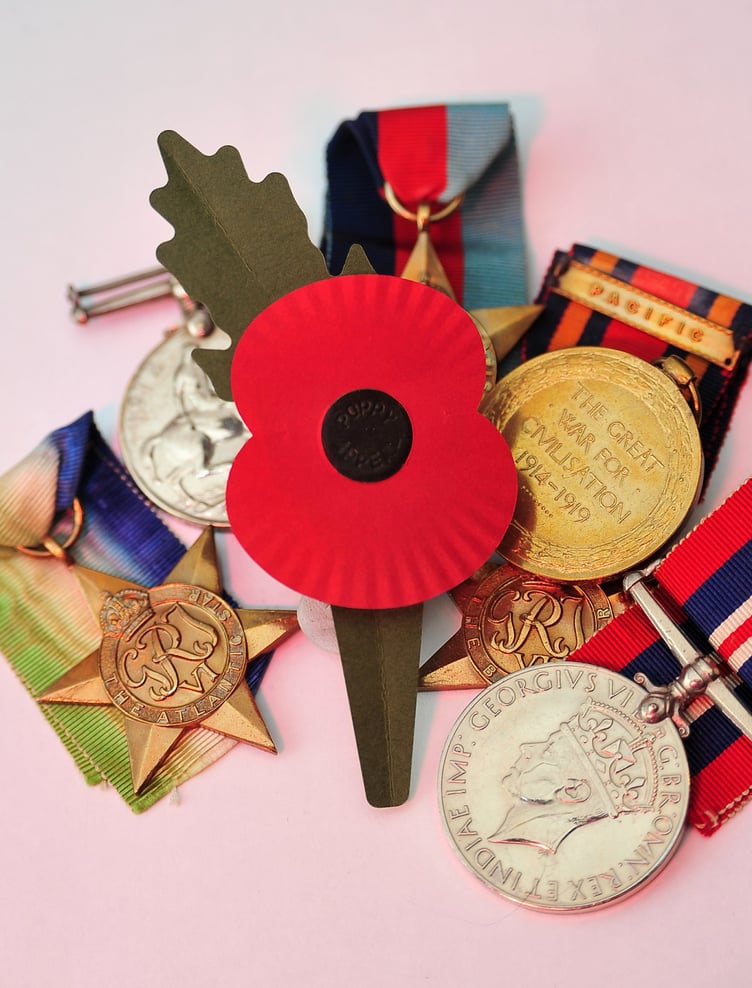IT’S an iconic symbol recognised everywhere for over a century, but this year sees the biggest change in the Royal British Legion Poppy for a generation.
After more than three years in development, the Royal British Legion has produced a plastic-free poppy, made entirely from paper that is completely recyclable at home.
With paper created from renewable fibres from renewable sources including offcuts from coffee cups, the innovative new poppy design features a traditional poppy shape, with a black centre embossed with Poppy Appeal, and a leaf with a crease. It can be fastened with a pin in the stem or worn in a buttonhole.
The paper design is the first change to the iconic poppy in 28 years.
The Royal British Legion said it maintaiins the iconic poppy design and leaf shape whilst being less impactful to the environment.
‘We are very proud to introduce the plastic-free poppy that will not only enable people to support our armed forces community but also continues the Royal British Legion’s commitment to sustainability,’ said Andy Taylor-Whyte, director of the Poppy Appeal
‘Since the first poppy appeal in 1921 to today, public donations have provided a lifeline for service people and their families, and last year, we helped more than 27,000 people in the armed forces community.’
There were four different poppies designed to suit different budgets, from a large poppy made from silk, a smaller one, one made from lawn or cotton and a cardboard poppy for children.
The 1930s saw poppies made from two layers of lawn cloth, with an upper layer of silk. There was also a green fabric leaf, faux stamens and a metal centre.
Wartime austerity meant the number of designs dropped from four to two. Silk poppies were made in much smaller numbers, and a second poppy made entirely from card was introduced.
Wire stems were reintroduced in the 1950s to replace the cardboard used as a result of wartime shortages, with red felt used to create the poppy petals.
The end of the 1960s saw new look design with a bitumen centre and wire stem replaced by plastic, along with the introduction of a one-piece petal and in 1987 the poppy regained its leaf after it emerged that the public preferred the feature.

.jpeg?width=209&height=140&crop=209:145,smart&quality=75)



Comments
This article has no comments yet. Be the first to leave a comment.